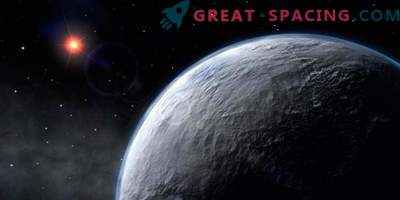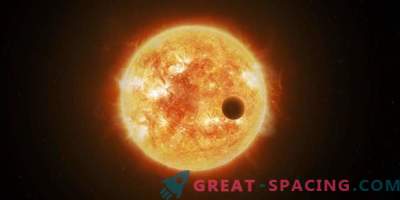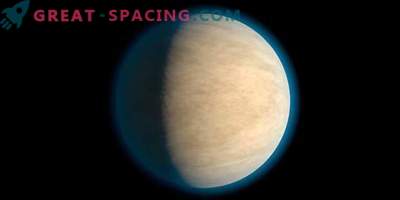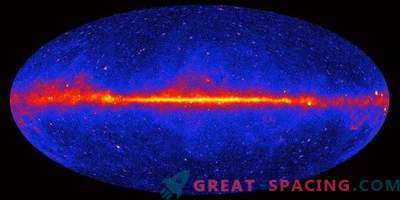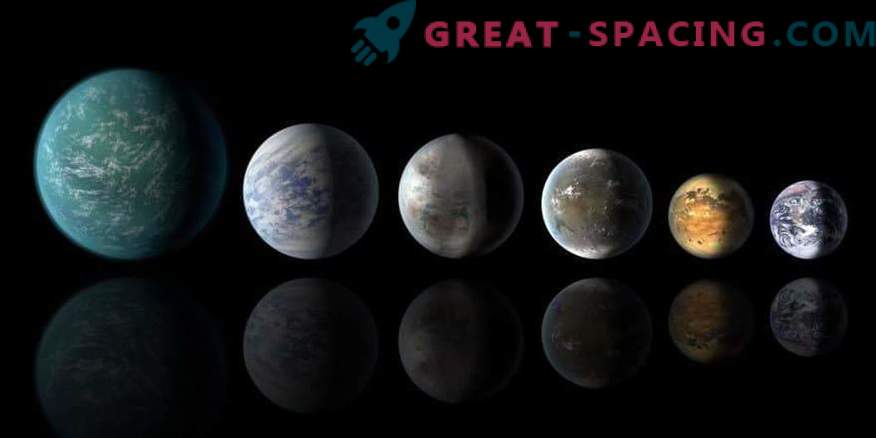
Artistic vision of earth-like exoplanets
Scientists have shown that water is likely to be the main component of exoplanets (worlds around other stars), which are 2-4 times larger than Earth's size. These are important data for finding life in the galaxy.
In 1992 they discovered the existence of exoplanets - worlds outside the solar system. Of course, this immediately aroused the interest of scientists trying to understand their composition and determine the possibility of having a life. A new assessment of data from the Kepler space telescope and the Gaia mission shows that many of the known exoplanets can hold up to 50% of water. This is much more than the earthly index - 0.2% (by mass).
It also revealed that many of the 4,000 confirmed worlds or candidates are divided into 2 categories in size: with a radius of 1.5 Earth and 2.5 Earth. After analyzing exoplanets with mass measurements and recent radius measurements, the researchers created models of their internal structure. The model shows that worlds with a radius of 1.5 terrestrial are rocky planets (usually 5 times the mass of the Earth), and an indicator of 2.5 is aquatic (10 times more massive). It is water, but it is different from the earth type. It is believed that the surface temperature of such worlds is heated to 200-500 ° C. Such a surface can be covered with an atmosphere with a predominance of water vapor. Going deeper, we can expect that the water transforms into compressed ice before we reach the rocky core.
The data show that about 35% of all known exoplanets that are larger than the Earth should be enriched with water. These are the water worlds that formed in a similar way with the cores of giant planets (Jupiter, Saturn, Uranus, Neptune). The recently launched TESS mission will discover many more other worlds using ground-based spectroscopic observations. Space telescope James Webb will be able to characterize the atmosphere of some of them.
